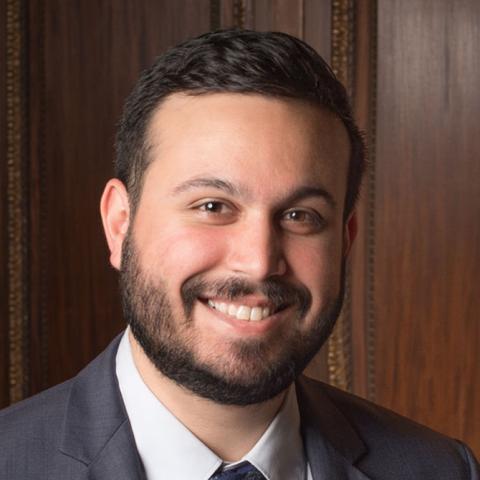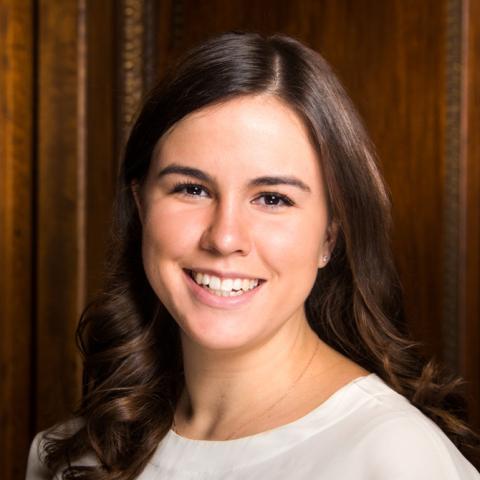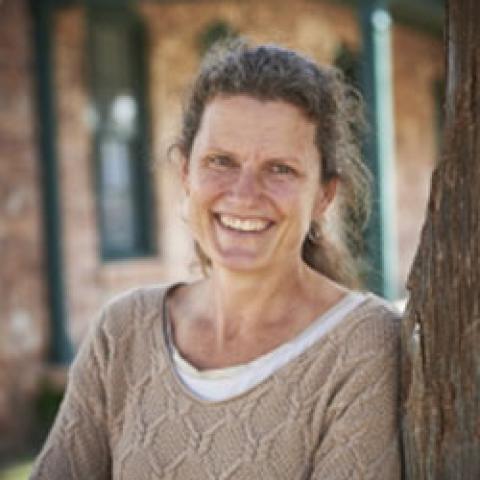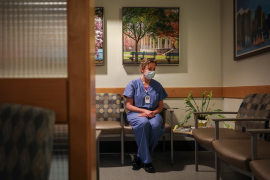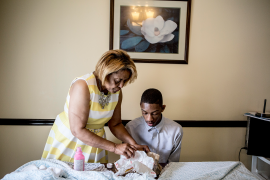COVID-19 disproportionately affects communities and people of color in the U.S. The pandemic has particularly ravaged American Indian/Alaska Native communities, which are at heightened risk because of limited access to health services and inadequate housing, water supplies, and other infrastructure. Underlying health disparities also may make American Indians vulnerable to becoming seriously ill from COVID-19. Despite these challenges, state, local, and federal policymakers can learn from American Indians responses to the pandemic.
Disparities Exposed and Amplified by COVID-19
The Navajo Nation, which occupies the largest reservation in the country (spread across parts of Arizona, New Mexico and Utah), has more per capita cases and deaths than any U.S. state. American Indians make up small percentages of the population in states like New Mexico (9%) and Arizona (4%), but account for 75 percent of COVID-19 deaths in New Mexico and 12 percent in Arizona.
The impact of COVID-19 on American Indian communities is amplified by crowded housing, understaffed hospitals, lack of running water, and limited internet access. These problems date back to the U.S. government’s failure to comply with historical treaty obligations to fund basic services in exchange for tribal land.
American Indians have worse access to care and experience poorer health status compared with the general U.S. population. Their life expectancy is 5.5 years shorter than the overall U.S. population (73.0 years vs. 78.5 years, respectively). American Indians die at higher rates from chronic liver disease and cirrhosis, type 2 diabetes, unintentional injuries, assault/homicide, and self-harm or suicide. Chronic lower respiratory disease is also more prevalent among American Indians, which can be particularly devastating in the context of COVID-19.
Native communities’ crowded living situations make social distancing more difficult. Sixteen percent of American Indian households in tribal areas and 10 percent in urban areas are overcrowded, compared with 2 percent among all U.S. households.
Access to hospitals in many tribal communities is limited. In some remote areas, there is one hospital for an area the size of Delaware. The Indian Health Service (IHS), the federal health program for American Indians and Alaska Natives, is underfunded and under-resourced compared with the rest of the U.S. health system. In 2017, IHS spent $3,332 per person, compared with $9,207 spent per capita by the U.S. health care system overall. This lack of funding results in workforce shortages; staffing is 20 percent lower than what the IHS recommends.
Innovations and Early Success Managing COVID-19
Understanding the vulnerability of their communities, some American Indian tribal leaders have been proactive in trying to contain the virus. Innovations at the local level hold promise. The Navajo have created local command posts that deliver food, medicine, wood, and animal feed to households with a sick family member to facilitate isolation of patients and their families. Public health messaging about mask-wearing, social distancing, and travel advisories against leaving the Navajo Nation have also helped to control the spread of COVID-19.
The Lummi Nation, in Washington State, acted faster than many state and local governments in the U.S. to establish a field hospital and testing sites early in the pandemic.
With the pandemic affecting people’s mental health, tribal–academic partners are working to integrate mental health services into contact tracing. The Johns Hopkins Center for American Indian Health is developing educational materials related to substance use, trauma, grief, intimate partner violence, depression, and anxiety that be used as part of its home-visiting model, called Family Spirit.
Other creative measures include the creation of a children’s book by the Center for American Indian Health and Native collaborators and artists that includes resources for parents and caregivers, including helpline numbers and tips for talking to children about COVID-19. Community members have also come together to sew masks and gowns because of the scarcity of personal protective equipment.
Role of Federal Funding
These proactive measures are taking place in tribal communities despite delays in their receipt of CARES Act funding. The CARES Act, passed in late March, allocated $8 billion to tribes, but the funding had only begun to be disbursed in May. In comparison, more than $70 billion had been sent to hospitals and other health care providers in April, less than a month after the Act was passed.
The Health Resources and Services Administration’s Rural Tribal COVID-19 Response Program provides funding for tribal health care providers to implement telehealth strategies, which have been part of IHS’s work with Native communities for years. Through the CARES Act, the Department of Health and Human Services gave tribal organizations $15 million for telehealth expansion. Each of 52 tribes will receive up to $300,000 to improve prevention, triage, and care for COVID-19.
Delivering services to help American Indian communities cope with the pandemic will require more funding, particularly in the form of investments in health care, housing, broadband access, and sanitation.

